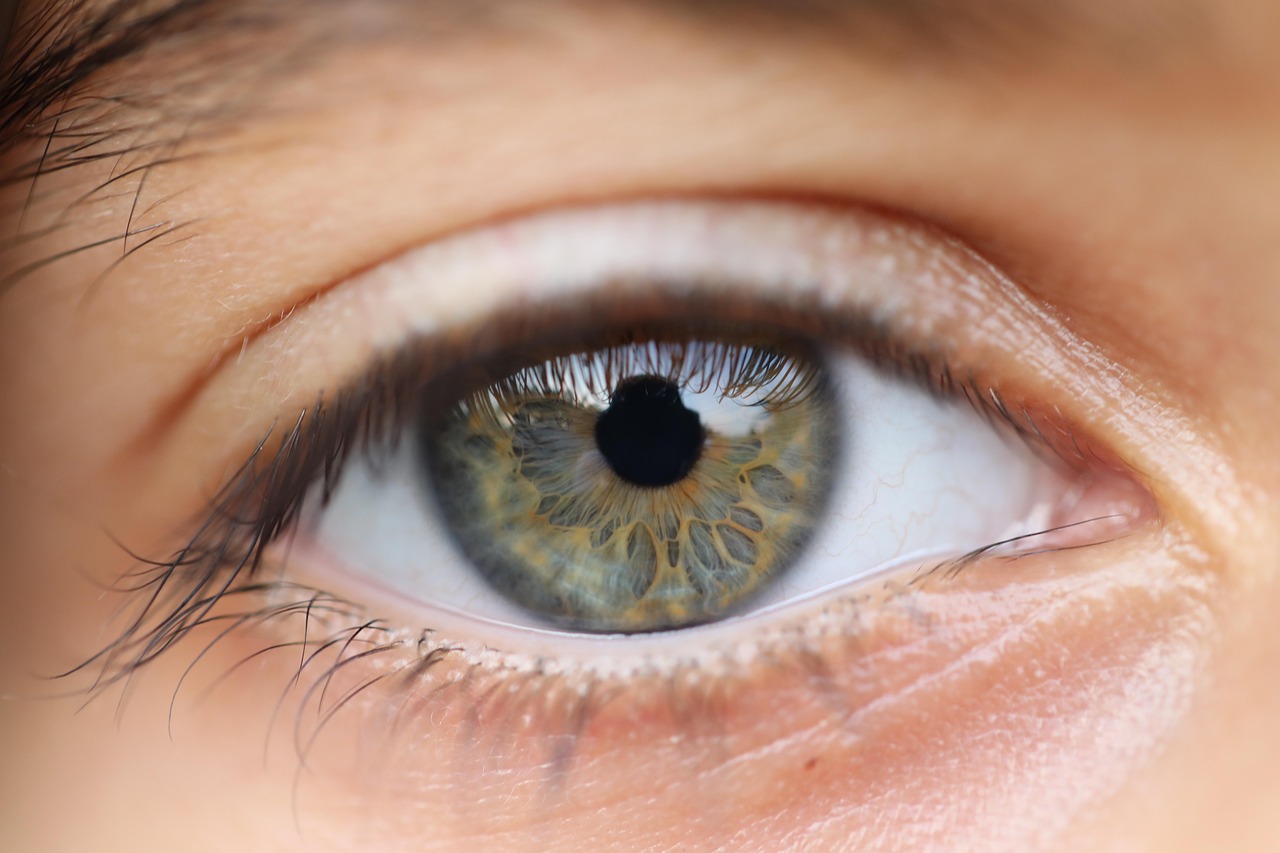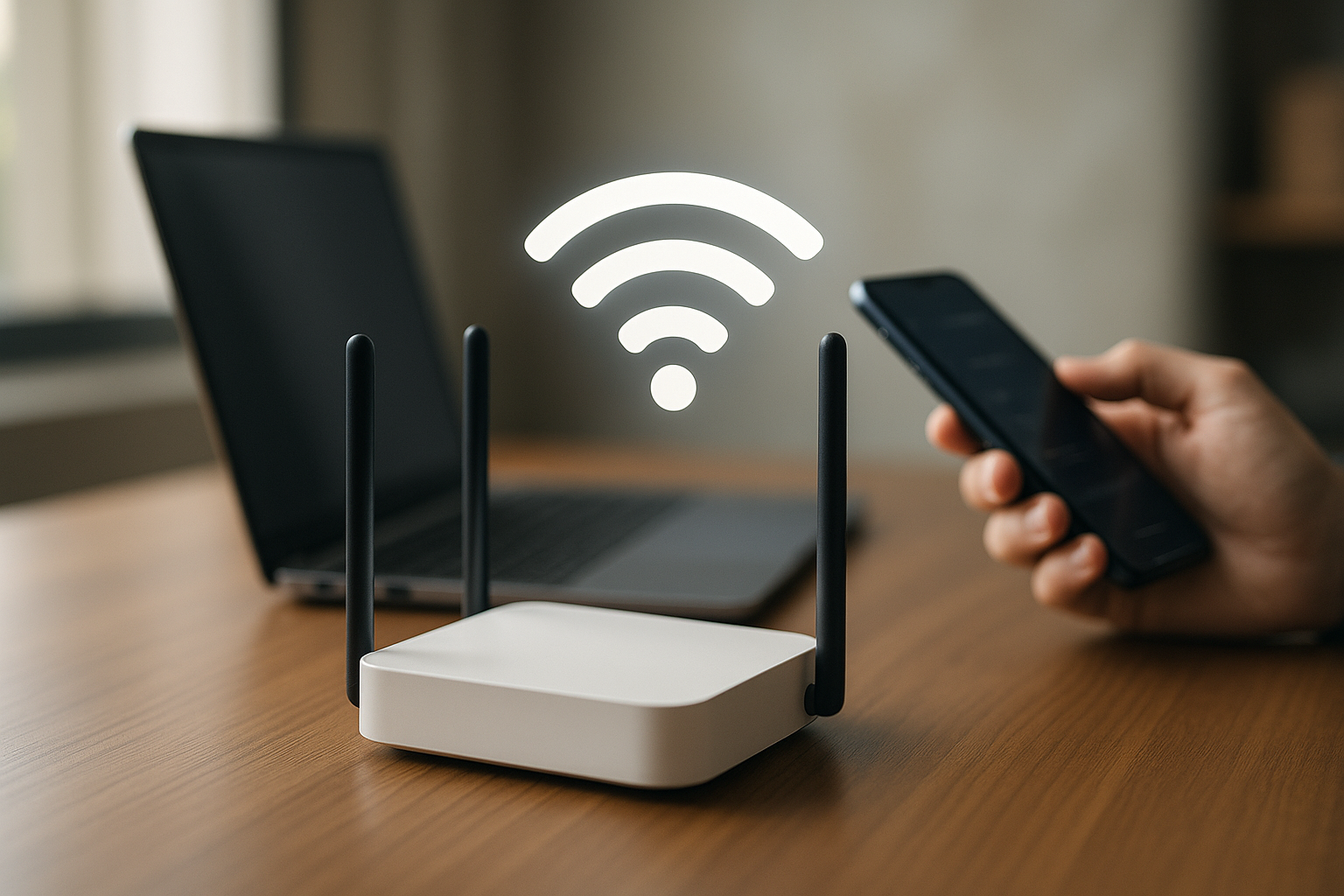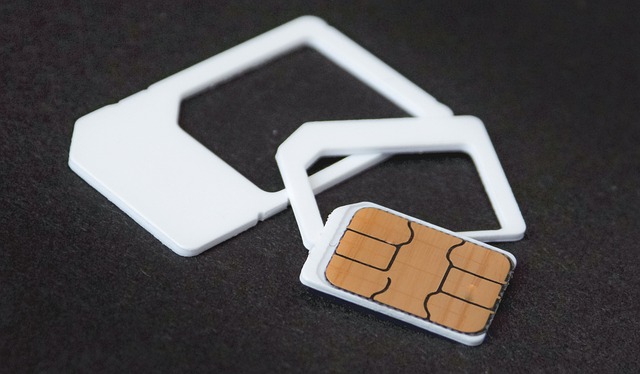Dealing With Eye Bags: A Comprehensive Guide to Healthy Skin
The skin around our eyes is one of the most delicate areas of our body, and it's also where many of us first start to notice signs of aging, such as fine lines, wrinkles, and of course, eye bags. Eye bags are puffy, swollen areas under the eyes that can make us look tired, stressed, and older than we are. These unsightly under-eye protrusions can be a source of self-consciousness for many, and understanding them better can help us address the issue more effectively. This article will explore the causes, treatments, and preventative measures for eye bags, providing a comprehensive guide to maintaining healthy, youthful skin.

Understanding Eye Bags: Causes and Underlying Factors
Eye bags are primarily caused by the aging process. As we age, the tissues and muscles supporting our eyelids weaken, causing the skin to sag and fat that’s normally confined to the area around the eye to move down below the eyes. Fluid can also accumulate in this space, adding to the appearance of puffiness.
However, genetics also play a significant role. If your parents have or had eye bags, you’re more likely to develop them too. Other contributing factors include lack of sleep, high salt diet leading to fluid retention, smoking, allergies, and certain medical conditions.
Eye Bags in the Modern Age: Perception and Impact
In a society that values youthful appearance, eye bags can be a source of insecurity and stress for many people. They are often associated with looking tired, unhealthy, or older, which can affect people’s self-confidence and social interactions.
Increasingly, there’s been a growing demand for treatments that can reduce or eliminate eye bags. The rise of social media and the selfie culture has also added to the pressure to look our best at all times, further fueling the demand for skincare solutions and cosmetic procedures aimed at addressing this issue.
Current Trends in Eye Bag Treatment: From Topical Solutions to Surgical Procedures
There are several approaches to treating eye bags, ranging from simple home remedies to medical procedures. Topical creams and serums containing ingredients like retinol, hyaluronic acid, and vitamin C can help to improve skin elasticity and reduce puffiness. Cold compresses, cucumber slices, and tea bags are popular DIY treatments that can provide temporary relief.
For more severe cases, medical procedures may be needed. These include blepharoplasty, a surgical procedure where excess fat and skin are removed from the under-eye area, and filler injections, which can help to smooth out the under-eye area and reduce the appearance of bags.
While these treatments can be effective, they come with their own set of risks and side effects, making it crucial for individuals to consult with a healthcare professional before deciding on the best course of action.
Preventative Measures: Lifestyle Changes and Skincare Regimens
Preventing eye bags involves taking care of your skin and overall health. This includes getting enough sleep, maintaining a healthy diet low in salt and high in water content, not smoking, and managing allergies.
A good skincare routine is also essential. Regularly moisturizing the under-eye area can help to keep the skin plump and elastic, reducing the chances of bags forming. Using a sunscreen around your eyes can also protect the skin from damaging UV rays that can weaken it over time.
Concluding Thoughts: Embracing Aging with Grace
While eye bags can be a cosmetic concern, it’s important to remember that they are a normal part of aging. While we can take steps to minimize their appearance, we should also embrace the natural aging process and the wisdom and experience it brings.
In a society that often equates beauty with youth, it’s a refreshing and necessary perspective to value the beauty of aging as well. After all, our wrinkles and lines are the roadmap of our lives – they tell our stories, mark our joys and sorrows, and show that we have lived and loved. Ultimately, embracing these signs of aging can lead to a healthier and more positive outlook on life.




